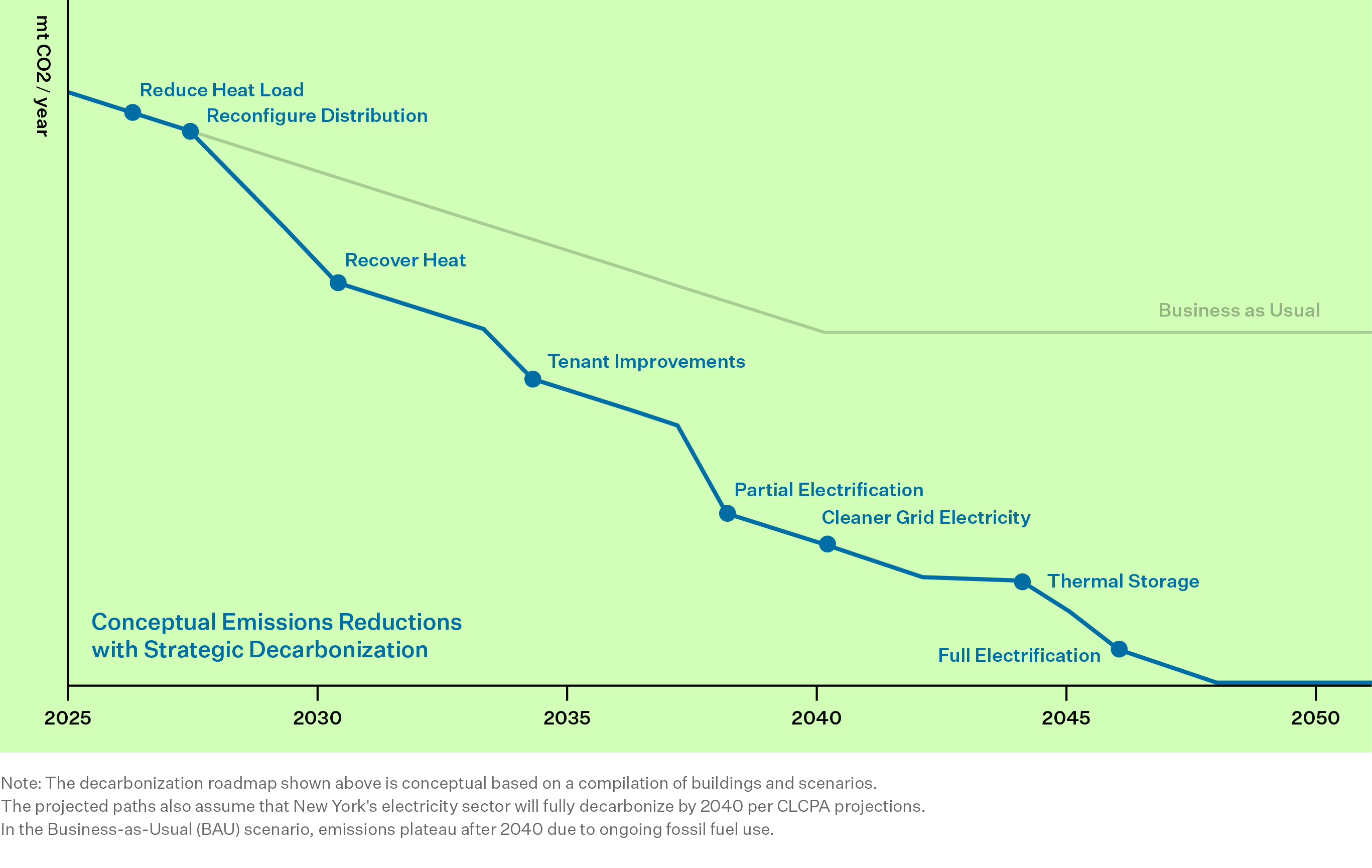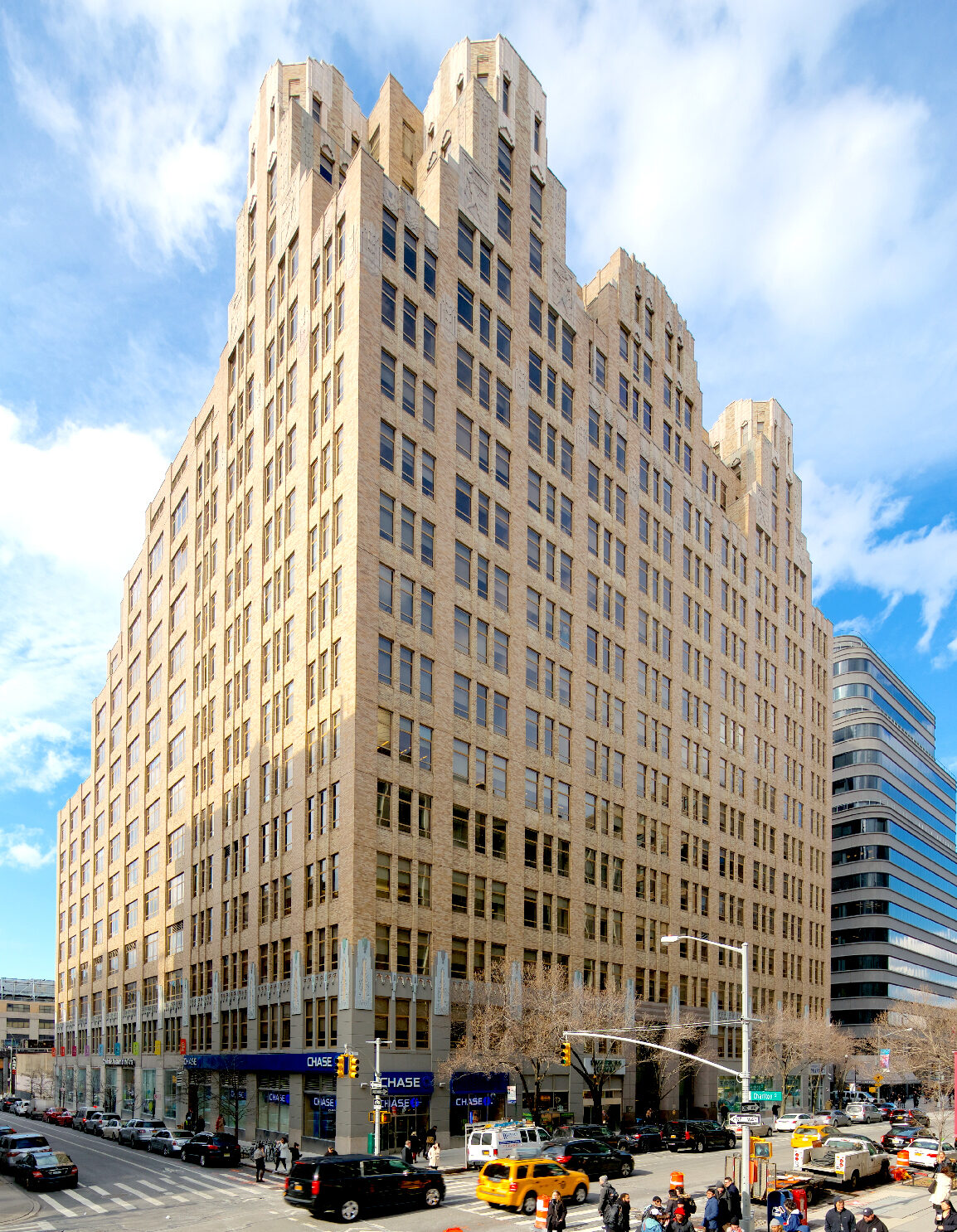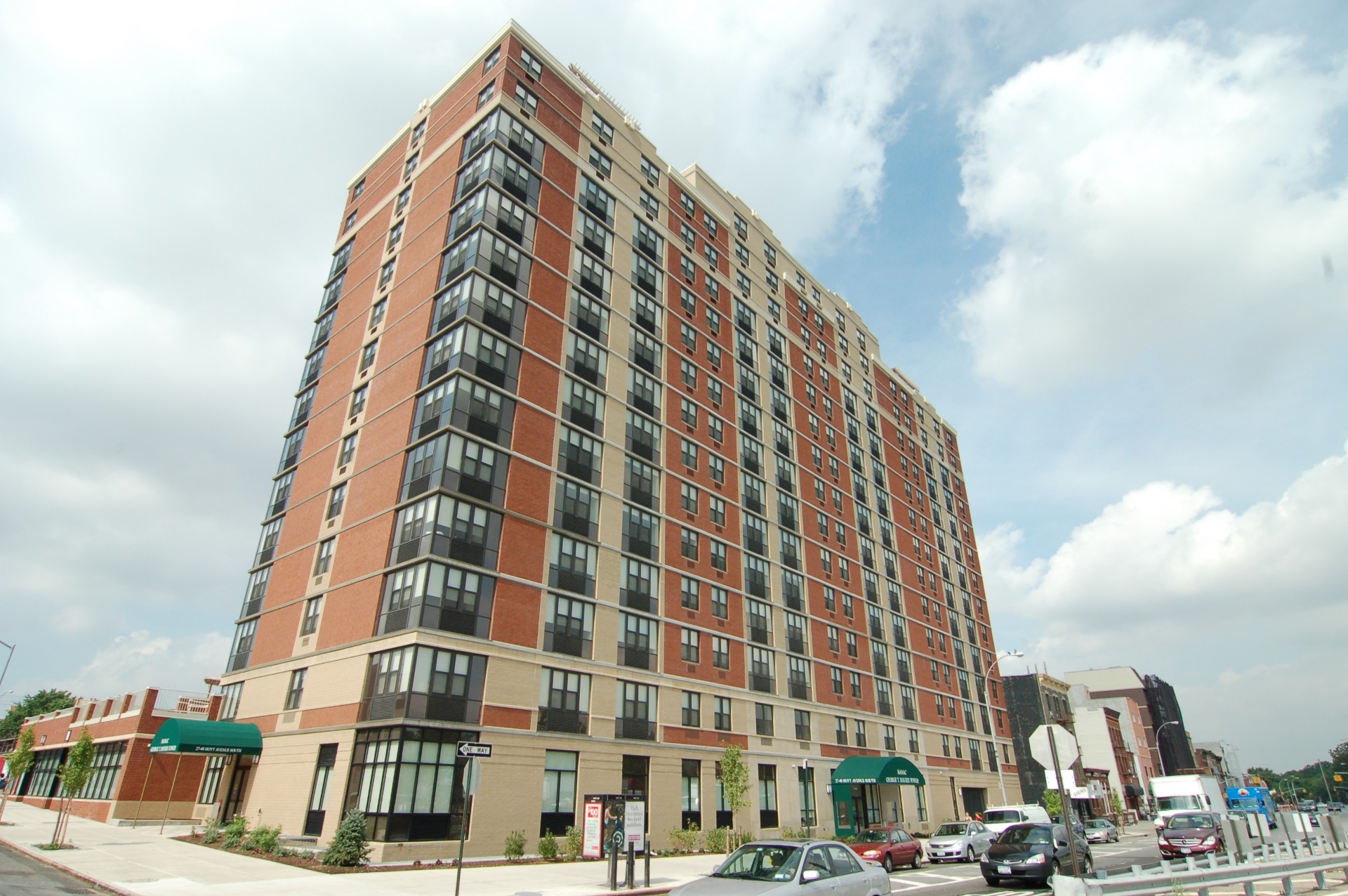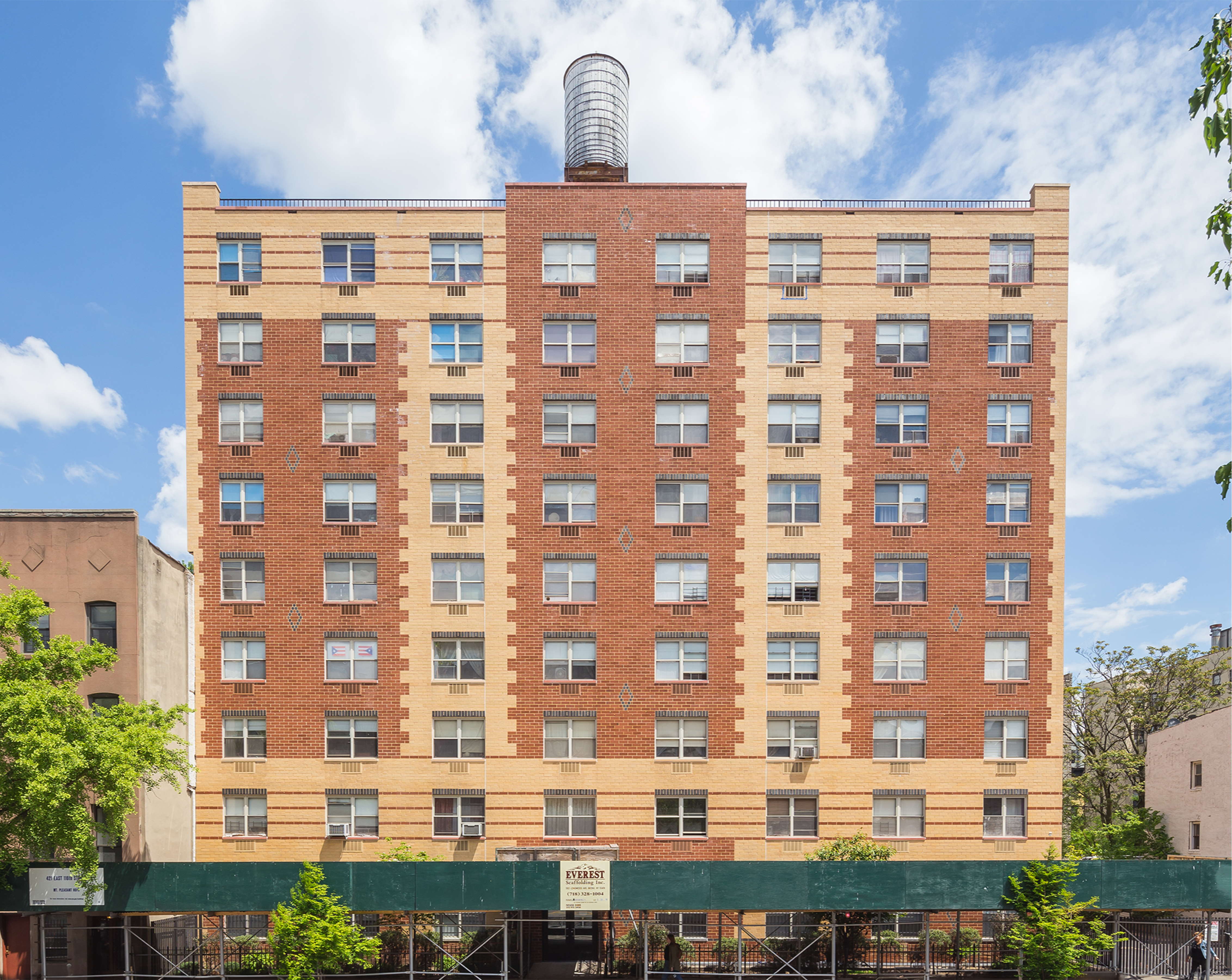Planning for a zero emissions future.
Developed by NYSERDA, RMI, Building Energy Exchange, and Urban Land Institute, the Retrofit Playbook for Large Buildings offers a living library of case studies, technical resources, and best practices to support high quality, low carbon retrofits. By utilizing the solutions and strategic planning tools presented here, building owners and their teams can develop decarbonization roadmaps that create asset value, reduce emissions, and enhance the resilience of their assets. Start planning now and explore our educational resources to inform your decarbonization journey.
Start planning now and explore our educational resources to inform your decarbonization journey.
view planning guides
Learn from real-world case studies.
more case studies
Follow the 3-step strategic planning approach to generate an action plan for your building.
Getting Started
Early decisions can make or break your decarbonization planning process. Set the stage for success by establishing clear and aligned goals, engaging tenants, and choosing the right analysis tools.
get project initiation guidanceStep 1: Examine Current Conditions
Modernizing building energy systems is unavoidable over time. Systems require maintenance and well-planned investments as asset renewal strategies change and energy economics evolve. Starting with a comprehensive examination of the asset conditions empowers building owners and engineers to incorporate investment events into plans for building systems upgrades and emissions reductions.
get assessment planning guidanceBuilding System Conditions
Potential Events
- Equipment nearing end of life
- New heat source potential
- Shifting tenant loads
- Poor indoor air quality
- Façade maintenance
- Resilience upgrades
Asset Conditions
Potential Events
- Repositioning
- Recapitalization
- Capital event cycles
- Tenant turnover/vacancy
- Carbon emission limits
- Tenant and investor sustainability demands
- Building codes
Market Conditions
Potential Events
- Technology improves
- Market supply and demand changes
- Policy advances
- Utility prices fluctuate
- Infrastructure transitions
- Fuels phase out
- Assets are stranded
Step 2: Design Resource Efficient Solutions
Resource efficient engineering looks at emissions reduction holistically. It prioritizes the creation of a long-term action plan that illustrates how to phase in solutions over extended timelines to yield achievable, cost-effective, and environmentally responsive retrofits. This approach is being implemented in real-life projects, and occurs in five phases:
get technical planning guidanceBuilding Energy Use Over Time
Building Energy Use
Energy from Fossil Fuels
Energy from Electricity
Review existing conditions
Reduce energy load
Recover wasted heat
Partial electrification
Full electrification
- Understand system function
- Disaggregate load profiles
- Identify heat waste & recovery opportunities
- Envelope improvement
- Control optimization
- Ventilation improvements
- Dedicated outside air system
- Hydronic distribution
- Lower heating supply temp
- Terminal units replacement
- Waterside heat recovery
- Airside heat recovery
- Wastewater heat recovery
- Thermal energy networks
- Air source heat pumps
- Water source heat pumps
- Geothermal
- Thermal layering
- Heat pumps
- Thermal storage
- District thermal network
- Grid-interactivity
Step 3: Build the Business Case
The objective of this step is to determine the optimal retrofit solution and phasing for building decarbonization. The evaluation should focus on the cost effectiveness of distinct, alternate scenarios for reducing emissions, based on the identified technical approaches, implementation timelines, and alignment with capital plan and asset management criteria. This net present value analysis should account for the costs and risks of a business-as-usual approach alongside the costs and value of building decarbonization. The result delivers a decarbonization action plan that meets the financial needs of the building, with investments tied to long-term objectives related to the business triggers identified above in Step 1.
get financial planning guidanceCompleting these three steps results in a Strategic Decarbonization Action Plan that is responsive to a building’s technical and financial circumstances.

Start building value today while working toward a decarbonized future.
Moving forward, inevitable investments in building systems will be driven by evolving asset strategies and technological improvements, as well as policy pressures and increased mobilization around sustainability. The following real estate trailblazers are taking steps to decarbonize their buildings, setting an industry precedent for high-quality, low-carbon buildings of the future.
Partners in Strategic Decarbonization







